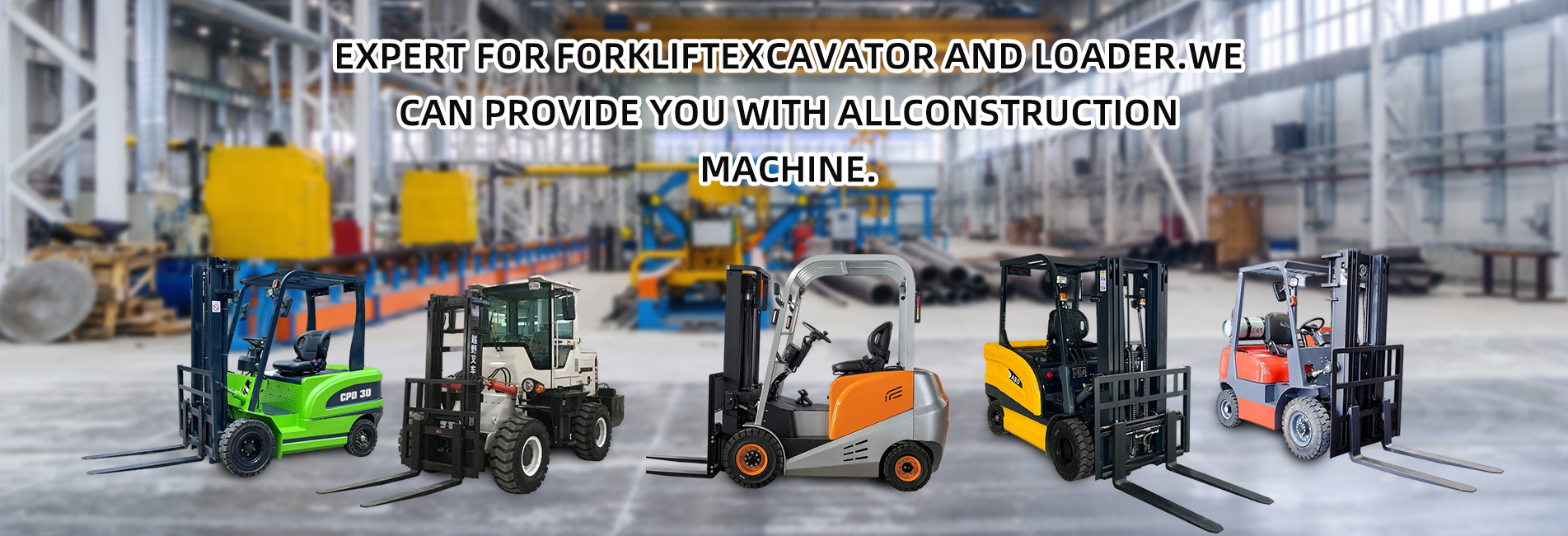Choosing between an electric forklift and an internal combustion engine (ICE) forklift for medium-sized forklifts (typically with a rated lifting capacity of 3-5 tons) requires a comprehensive assessment based on core factors such as operating scenarios, usage intensity, and cost structure. The following detailed analysis from three aspects—applicable scenarios, key differences, and decision-making criteria—will help accurately match your needs:

I. Key Differences: Electric Forklifts vs. ICE Forklifts (Medium-Sized)
| Comparison Dimension | Electric Forklifts | ICE Forklifts (Diesel/Gasoline/LPG) |
|---|---|---|
| Power Characteristics | Motor-driven, with stable torque output and precise speed control, suitable for fine operations | Powerful engine with strong instant explosive force, superior load-climbing capability |
| Applicable Environment | Primarily indoor (warehouses, workshops) or enclosed spaces with average ventilation | Primarily outdoor (ports, construction sites) or open areas with good ventilation |
| Environmental Protection & Noise | Zero emissions, low noise (below 60 decibels), suitable for scenarios with high environmental requirements | Emits exhaust (diesel contains particulates; LPG is relatively cleaner), high noise (above 80 decibels) |
| Battery Life & Energy Replenishment | Range depends on battery capacity (usually 8-10 hours); charging takes 4-8 hours (1-2 hours for fast charging) | Large fuel tank capacity (range 10-12 hours); refueling takes only 5-10 minutes, enabling continuous operation |
| Cost Structure | High purchase cost (30%-50% higher than same-tonnage ICE forklifts), low electricity fees; batteries need replacement every ~5 years (cost accounts for 30%-40% of the total vehicle cost) | Low purchase cost, high fuel costs (long-term higher than electricity fees), moderate engine maintenance costs |
| Environmental Adaptability | Battery capacity drops significantly at low temperatures (below -10°C); circuit protection required in humid environments | Stable performance in complex environments such as low/high temperatures, rain, snow, and mud |
II. Applicable Scenarios: Which Better Matches Your Needs?
1. Scenarios Where Electric Forklifts Are Preferred
- Indoor-focused operations: Enclosed or semi-enclosed spaces such as factory workshops, logistics warehouses, and e-commerce sorting centers, where exhaust pollution and noise interference need to be avoided (e.g., industries with high cleanliness requirements like food, pharmaceuticals, and electronics).
- Medium-intensity operations: Daily operation time within 8 hours, with fixed rest periods for charging (e.g., single-day shifts), no need for 24-hour continuous operation.
- Focus on long-term cost control: Low electricity prices (e.g., industrial peak-valley electricity), long operation period (over 5 years), where total costs (electricity fees + battery replacement) may be lower than fuel costs.
- Need for fine operations: Such as stacking and narrow-aisle operations, where the stepless speed change and precise control of electric forklifts are more advantageous.
2. Scenarios Where ICE Forklifts Are Preferred
- Outdoor or complex terrains: Such as ports, construction sites, and mine yards, where slopes (>5°), mud, rain, and snow need to be handled, and the power stability of ICE forklifts is more reliable.
- High-intensity continuous operations: Multi-shift systems (e.g., over 12 hours), tight energy replenishment time; the advantage of fast refueling can reduce downtime (e.g., 24-hour transshipment at logistics hubs).
- Lack of charging conditions: No stable power supply at the site, inability to install charging piles, or frequent changes in operation locations (e.g., mobile construction sites).
- Short-term use or residual value considerations: Leasing, short-term projects (within 3 years); ICE forklifts have lower purchase costs and higher second-hand residual value rates.
III. Decision Aids: Priority of Key Factors
- Environmental restrictions > others: If operations must be in enclosed spaces (e.g., workshops), electric forklifts are the only compliant choice (to avoid the risk of exhaust poisoning); if completely outdoor, ICE forklifts are more flexible.
- Operation intensity > cost: For continuous high-intensity operations, prioritize ICE forklifts (fast energy replenishment); for single-shift systems with charging time, electric forklifts are more economical.
- Long-term vs. short-term: For long-term use (5+ years), the electricity cost advantage of electric forklifts may cover the high purchase cost; for short-term use, ICE forklifts are more cost-effective.
- Additional needs: For low temperatures (below -15°C in northern winters), prioritize ICE forklifts (batteries are prone to power loss); in regions with strict environmental policies (e.g., the EU, first-tier cities in China), electric forklifts are easier to pass environmental impact assessments.
Summary
- Choose electric: Primarily indoor operations, single-shift work, emphasis on environmental protection and fine operations, long-term use with low electricity prices.
- Choose ICE: Outdoor/complex terrains, multi-shift continuous operations, lack of charging conditions, short-term use, or priority on residual value.
If the scenario is ambiguous (e.g., semi-indoor and semi-outdoor), consider "hybrid" or LPG-powered forklifts (relatively clean ICE, meeting partial indoor needs), but weigh costs and applicability.


